The origin of a true Brooklyn ‘start up’ — Charles Pfizer and Co, who went from developing intestinal worm medication in 1849 to being a leader in vaccine distribution in the 21st century.
This is story of Pfizer Pharmaceuticals before the 1950s, a tale of German immigration and of early medical practices and concoctions that might seem alien to us today. Patent medicines! Worm lozenges!
But this company’s biography is also a celebration of Brooklyn — the City of Brooklyn in the mid 19th century, developing into an economic force in the United States and in opposition to the city of New York across the East River.
PLUS You can’t tell the Pfizer story without looking at the world of apothecaries and early drug stores in New York City in the 19th century.
Apothecaries were the first ‘natural’ medicine makers but their objectives were limited, seeking only to alleviate symptoms, not tend to the root cause of so many discomforts.
Later on, drugstores would stock up on manufactured medicines and questionable additions to the health regimen like soft drinks.
FEATURING Duane Reade, Kiehl’s, C.O. Bigelow, E. R. Squibb and Johnson & Johnson
ALSO: What important American figure today grew up delivering parcels for his family drugstore in Dyker Heights, Brooklyn?
LISTEN TODAY ON YOUR FAVORITE PODCAST PLAYER — PFIZER: A BROOKLYN ORIGIN STORY
FURTHER LISTENING
After listening to this show, take a dive in other episodes on similar or adjacent subjects.
The German biotechnology company Biopharmaceutical New Technologies (BioNTech) developed the COVID-19 vaccine injection with Pfizer, one of the world’s large pharmaceutical companies, who will manufacture and distribute it.
Let’s give our thanks to the scientists, researchers and physicians who helped get us to this moment. And yes, Brooklyn, you also get to share in a little bit of that pride today.
Because Charles Pfizer & Company — the originating business, founded in 1849 — first got its start in Brooklyn.
Or, to be more specific — the Brooklyn neighborhood of Williamsburg.
Or to be really, really specific — the independent Town (and later City) of Williamsburgh.
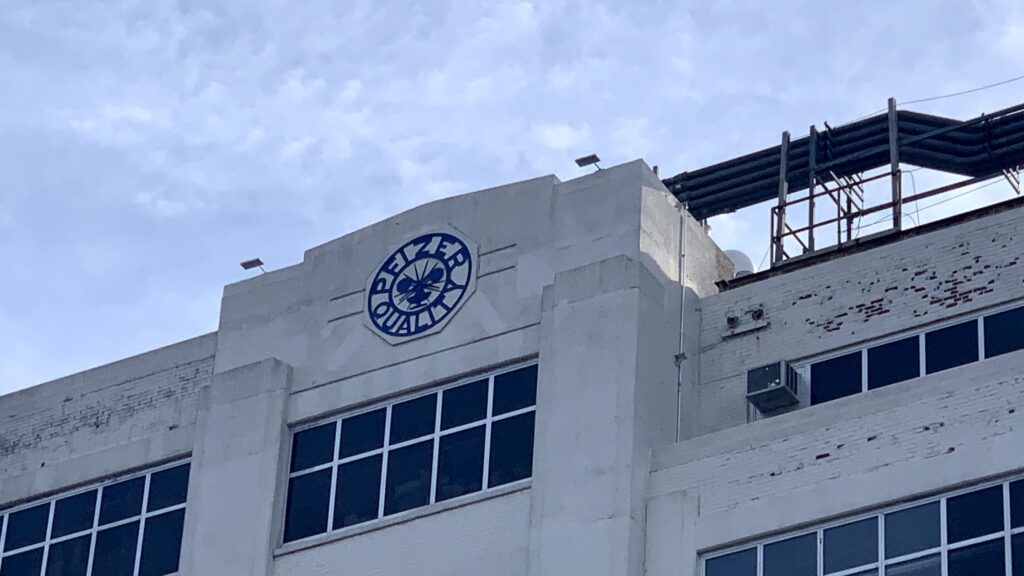
A Company of Immigrants
Karl Christian Friedrich Pfizer (later Charles Pfizer), born in 1824 in the Kingdom of Württemberg, was one of the many thousands of Germans who would immigrate to the United States during the 1840s.
Pfizer came to America with his cousin Charles Erhart in the fall of 1848. Unlike the experiences of so many immigrants during this time, both Pfizer and Erhart came from wealthy families and were both highly educated — Pfizer as a chemist, Erhart in the grocery and confectionary trade.
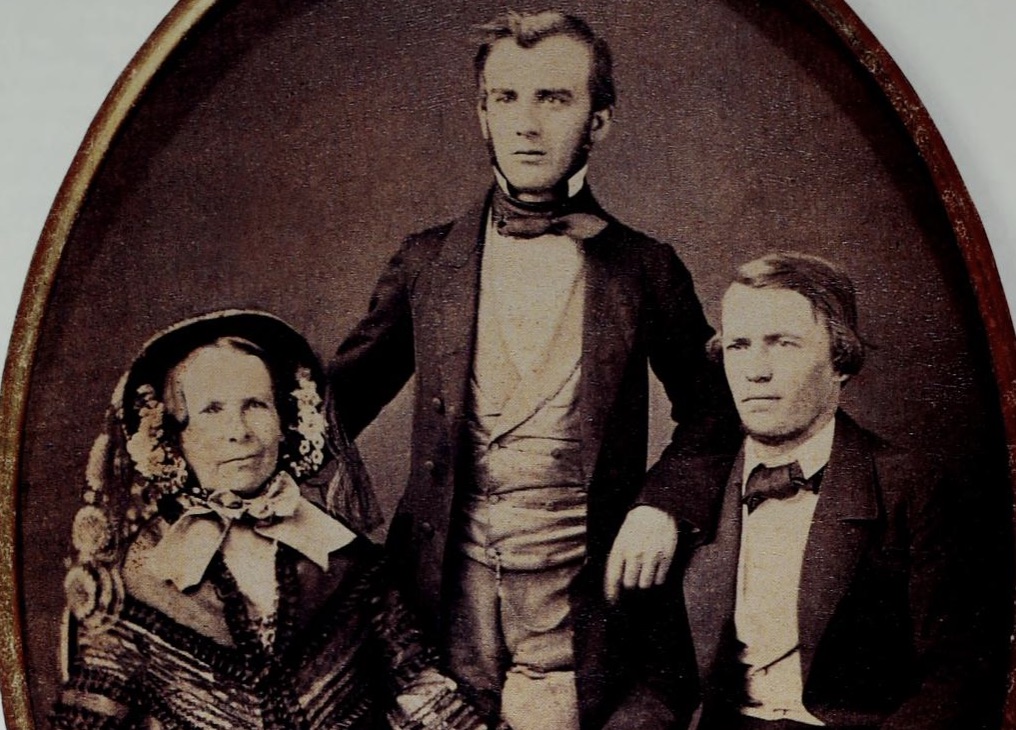
The practical applications of science to modern life were just beginning to be explored in the early 19th century. Pfizer was taking his training to a country not yet internationally known for scientific breakthrough.
According to author Jeffrey L. Rodengen, “Chemicals that once interested only scholars were becoming indispensable in manufacturing, agriculture and medicine. [Pfizer] also recognized that in the new nation of America, virtually no one was meeting the growing demand.”

A Home Among The Factories
Pfizer and Erhart would form their new chemical operation in Long Island’s King County in 1849, shortly after their arrival in America.
But not in the thriving City of Brooklyn, located south of the Brooklyn Navy Yard. (No community on Long Island was a part of New York City until 1898.)
They had their eye on a spot near the Town of Williamsburgh, north of the burgeoning Brooklyn metropolis.
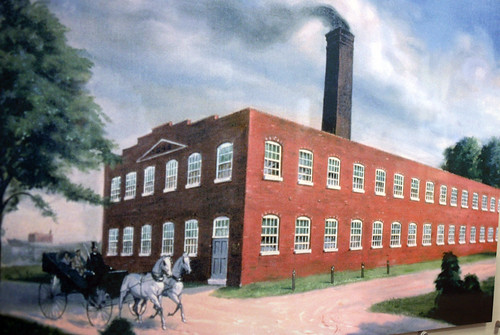
Williamsburgh — a former village under the jurisdiction of the town of Bushwick — was a desirable destination for budding industrialists thanks to its proximity to a busy waterfront and the already busy waters of Newtown Creek. Chemical and oil plants were already home here when the cousins arrived.
Pfizer’s first headquarters was a bit far from the waterfront. They couldn’t quite afford to build a new factory.
Instead the cousins moved their operations into a pre-existing red brick building at Bartlett and Tompkins Streets thanks to a $2,500 loan from Pfizer’s father. (That’s about $78,000 today thanks to inflation.)
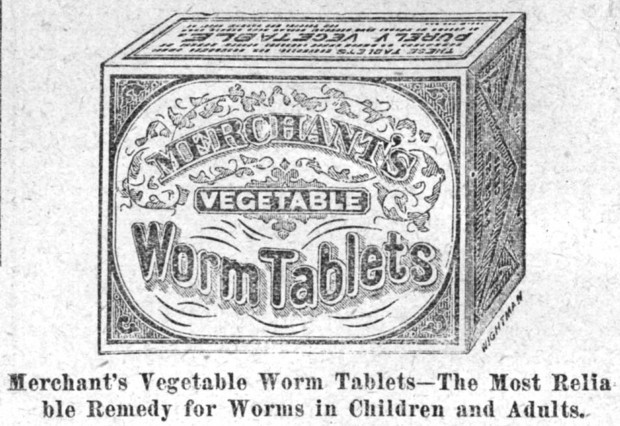
How To Deal With Worms
A chemist and confectioner might seem like an odd couple today. But go to your medicine cabinet. How many of your medicines have flavor? Most pharmaceuticals would be hard to swallow without additives literally meant to make the medicine go down.
In 1849 the Pfizer company rolled out its first product — a product made from santonin. But this was santonin that tasted, well, not good exactly, but palatable enough to help relieve a very grotesque condition — intestinal worms.
Pfizer and Erhart produced santonin (made from the flower of Artemesia plants) with a relatively delicious almond-toffee taste.
Given that intestinal worms were a far bigger problem in the mid 19th century than they are today, the product flew off the shelves, allowing Pfizer to expand into other chemical remedies.
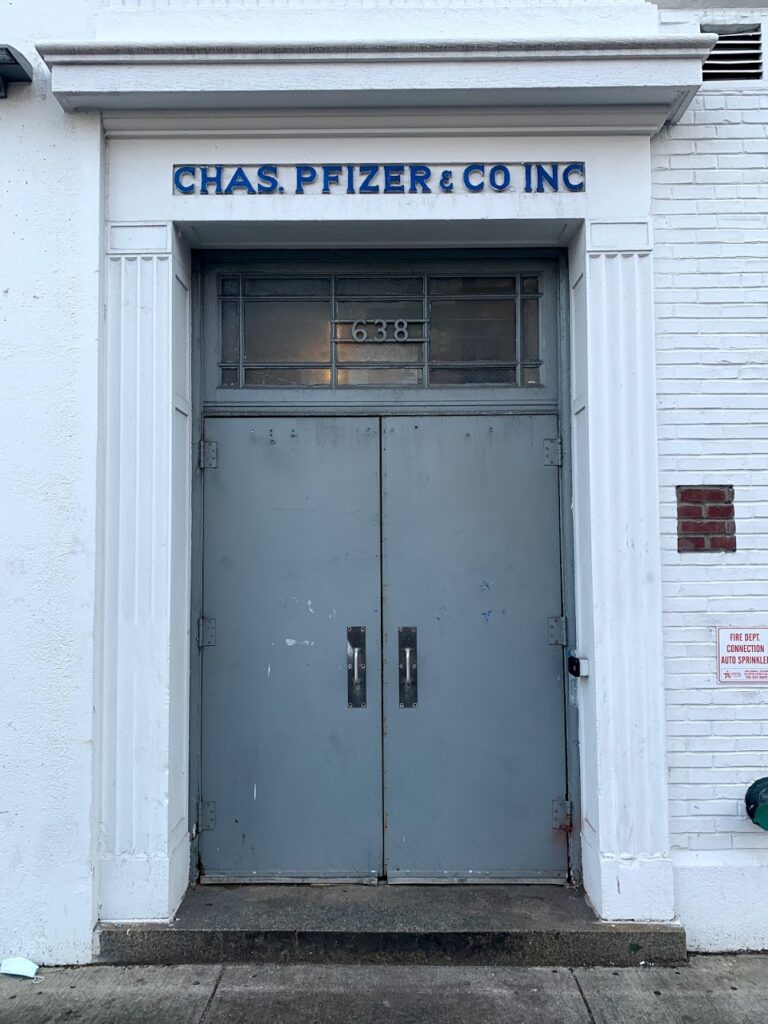
Room To Grow
As business was just getting off the ground, exciting things were happening in the neighborhood. In 1851, Williamsburgh briefly became its own incorporated city.
Less than four years later the city — along with the township of Bushwick and Greenpoint — would be incorporated into the expanding City of Brooklyn. It was collectively known as the Eastern District.
(At some point, the ‘h’ also disappeared from its name. For more information, listen to our shows on the history of Williamsburg and the Williamsburg Bridge.)
As the community was quickly growing, so too was business booming for the cousins who over the next three decades quickly expanded into the lots surrounding their original headquarters on Bartlett and Thompson.
Like many areas of the Eastern District by the late 19th century, the chemical aroma must have been remarkable.
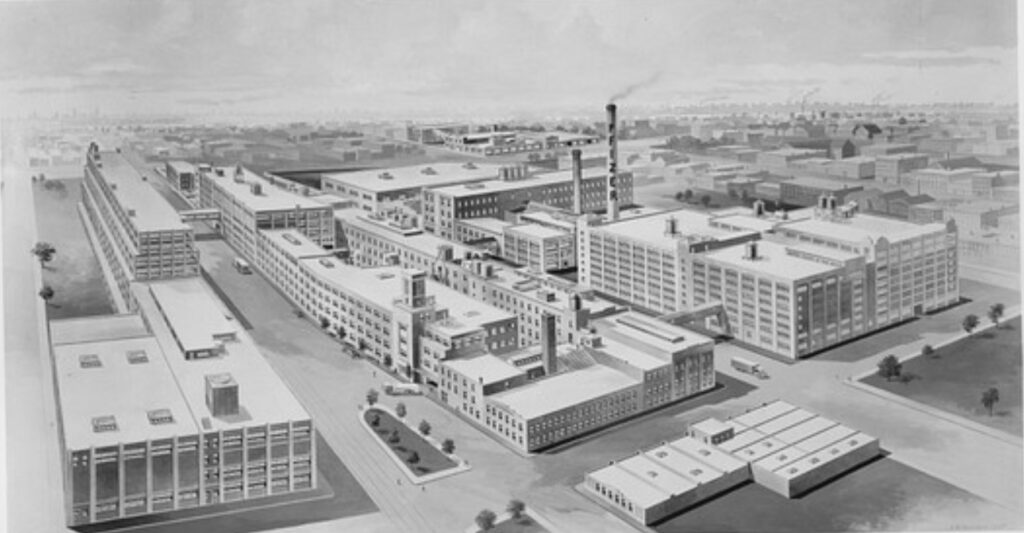
Of course Pfizer also expanded outside of Brooklyn almost immediately. In 1868, they naturally moved their central headquarters closer to Wall Street — to 81 Maiden Lane.
Meanwhile their Brooklyn location was cranking out such products as iodine, chloroform, borax, camphor and even morphine. They also specialized in non-medicinal products like cream of tartar.
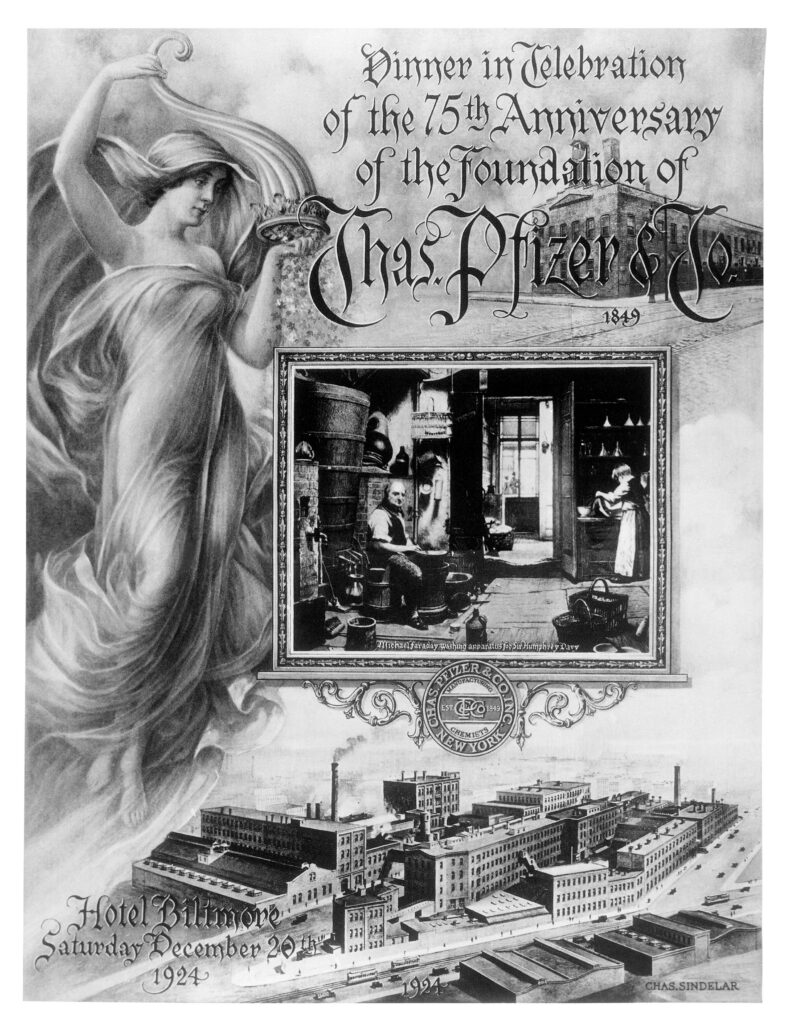
As Scott H. Podolsky writes in his journal article Antibiotics and the Social History of the Controlled Clinical Trial 1950-1970:
“For nearly a century of Pfizer’s existence, it did not market pharmaceuticals but rather had centered upon the production and refinement of chemicals such as citric acid, which Pfizer was the world’s largest producer by World War II.
“However the fermentation techniques used in the production of citric acid would render Pfizer a leader in the American World War II efforts to mass-produce penicillin and Pfizer soon followed as one of the largest producers of the equally nonexclusive streptomycin and dihydrostreptomycin (selling to other companies to distribute).”
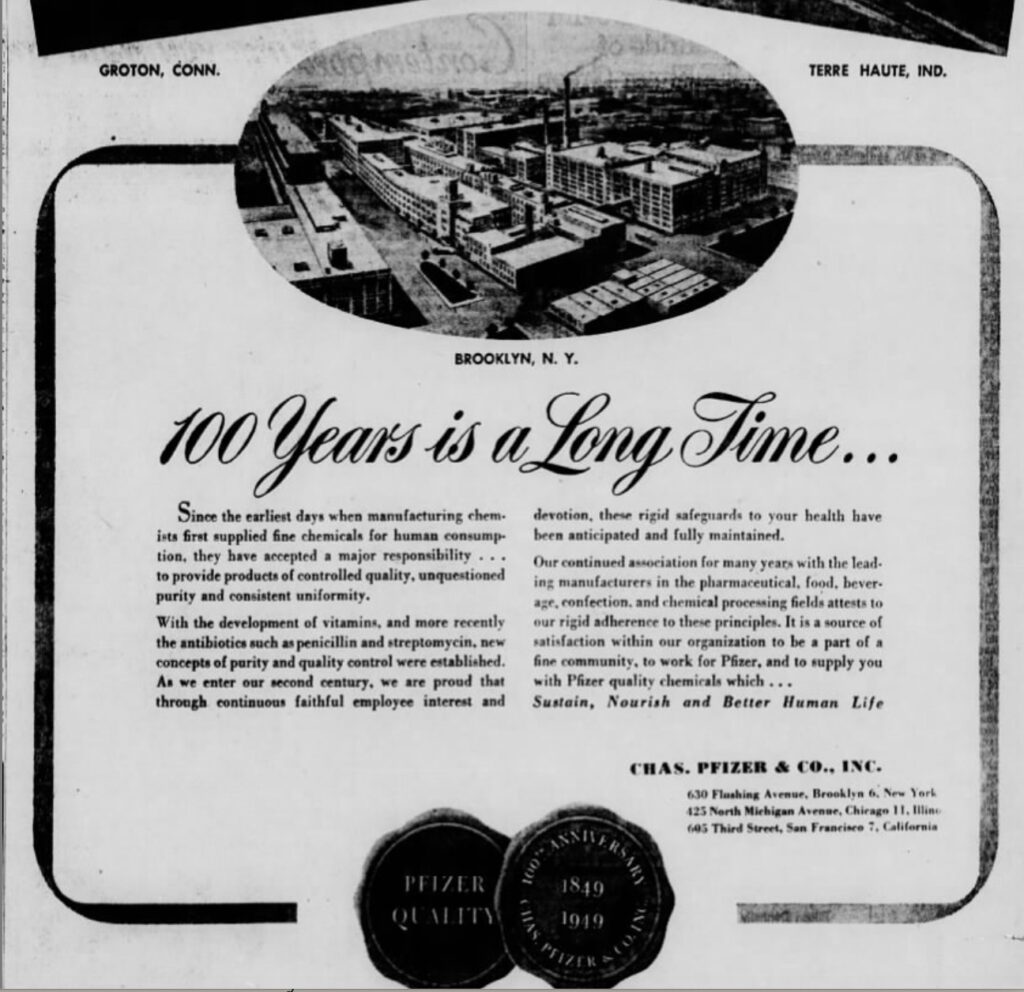
Penicillin would change the world — and significantly expand Pfizer’s profile by the second half of the 20th century through corporate mergers and expanded offices in several countries.
But Pfizer’s primary headquarters remain in Manhattan — on 42nd Street, across the street from the iconic Daily News Building.
But the company remained in their original Brooklyn location until 2008, when the aging plant was finally closed. Today many other businesses populate this historic spot:
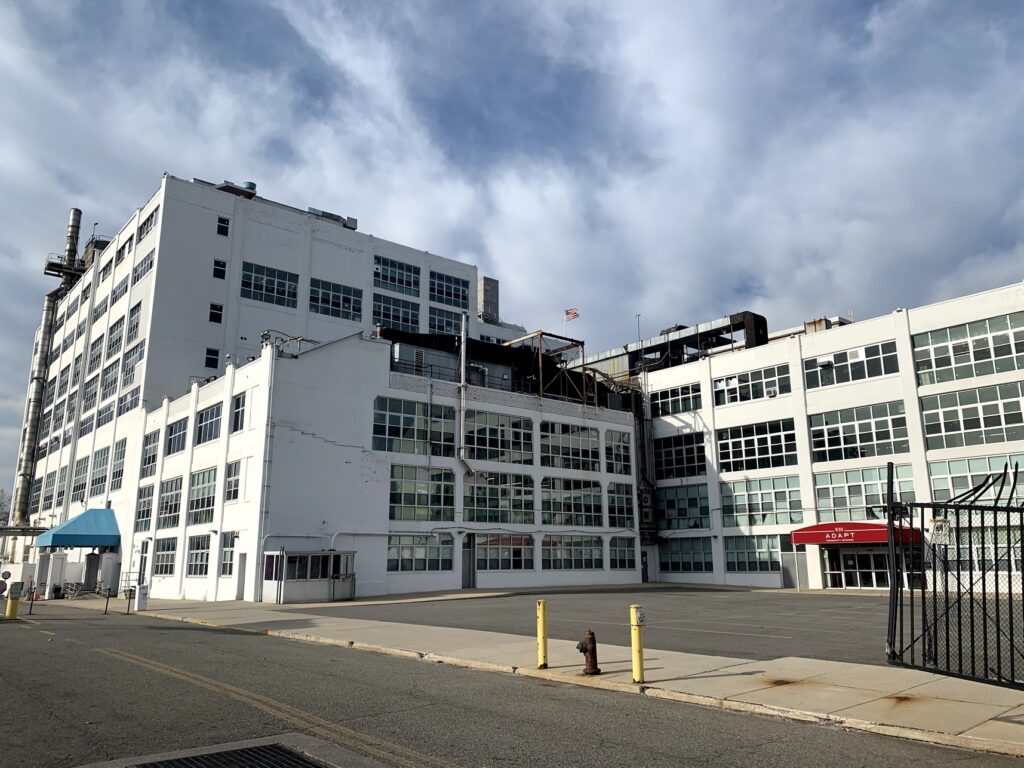

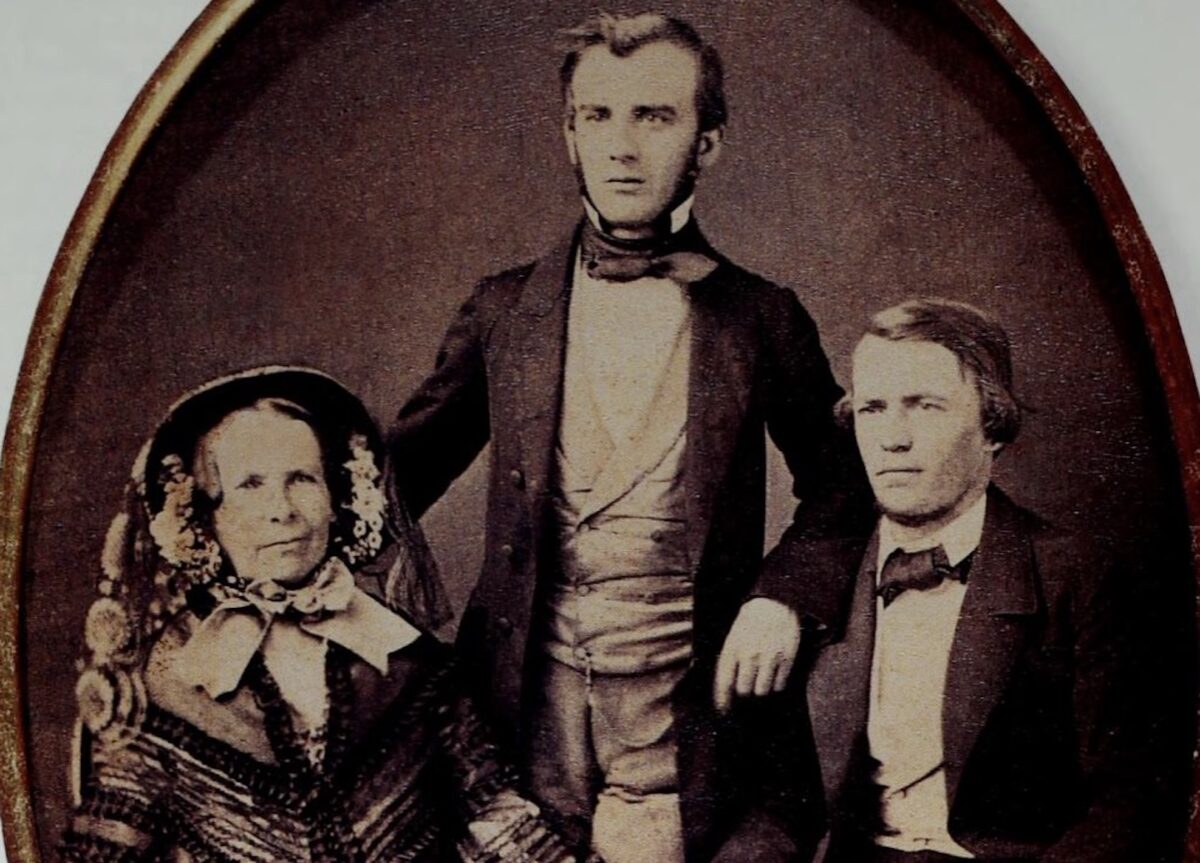
13 replies on “The Brooklyn origin of Pfizer and the wild world of 19th century medicine”
Bravo. All the chemicals spelled right and everything. Really interesting story. And all the links lead to more interesting stories!
It especially appeals to me, as I do history tours that include science history.
My father was a microbiologist at several pharmaceutical companies over his career. He made anti fungal and Chemotherapy drugs. Pharmacology has always fascinated me. Great story!
[…] and Bedford-Stuyvesant — a quiet area known then as the “Town of Williamsburgh,” where factories thrived because of the close proximity to Newtown […]
My family’s pigment factories, J.S. & W.R. Eakins were, for many years, neighbors of Pfizer at both their Williamsburg factory and Maiden Lane office locations. Eberhard Faber, the pencil manufacturer, was also a neighbor. Running more yellow than needed one day inspired my great-grandfather to approach Eberhard Faber with a deal and the yellow pencil became an American icon. There was a dynamic in Williamsburg from having all these manufacturers close together.
I live a block from the original Pfizer building so this was such a neat read. Thank you! I also did a deep dive into Pfizer and Viagra…but apparently, there’s a Spike Lee musical coming out about that. Definitely an interesting story. Thanks for all you do!
I used to attend school in Williamsburg although we lived in Crown Heights. I would take the B47 Tompkins Ave. trolley bus twice a day (if it wasn’t snowing too much- the buses couldn’t make it up the Kingston Avenue hill through the snow). We passed Pfizer on the way, and we could smell it for blocks in the bus. Sort of a sulfa odor.
I worked for the Electric Utility Company I remember in the 90s The electric was upgraded im sure it cost a million $ Than 3 years later Pfizer shut the plant down most of the workers i would say were minorities that resided in the neighborhood was On Flushing Ave a block west of Broadway in Brooklyn
I grew up in Williamsburgh Projects in the 50’s, 60’s, and 70’s and recall the serious stench that came out of the Pfizer building, it was constant. Was a great place to grow up, like living in a small town. Most people knew and watched it for each other. I have great childhood memories there. Thanks for the show, it was great.
Thanks for including that item about a young Anthony Fauci and family.
[…] (via Bowery Boys) The origin of a true Brooklyn ‘start up’ — Charles Pfizer and Co, who went from developing intestinal worm medication in 1849 to being a leader in vaccine distributio… […]
I spent two years living in the top floor of the former Squibb mansion on Columbia Heights and Clark in Brooklyn Heights. Incredible stories there, of both Squibb and then the Jewish immigrant who bought it as a near ruin in the 1930s. And the unrestored interior is extraordinary. I recommend it as a podcast subject.
Pfizer in the 1950’s ran a late afternoon to nighttime shift where they hired neighborhood house wives to work. They supplied car service to take the women home after their shift and also made available the opportunity to own Pfizer stocks. A company ahead of the times.
[…] fact is that Pfizer, the pharmaceutical company with the most effective Covid vaccine, was founded in Williamsburg. What a coincidence, that in the day and age of coronavirus, the former Pfizer plant is now being […]
My dad worked at this plant for 20 years, from 1945 to 1965. He maintained the refrigeration systems. I still have a Bunsen burner and a couple of other items he brought home from the plant.